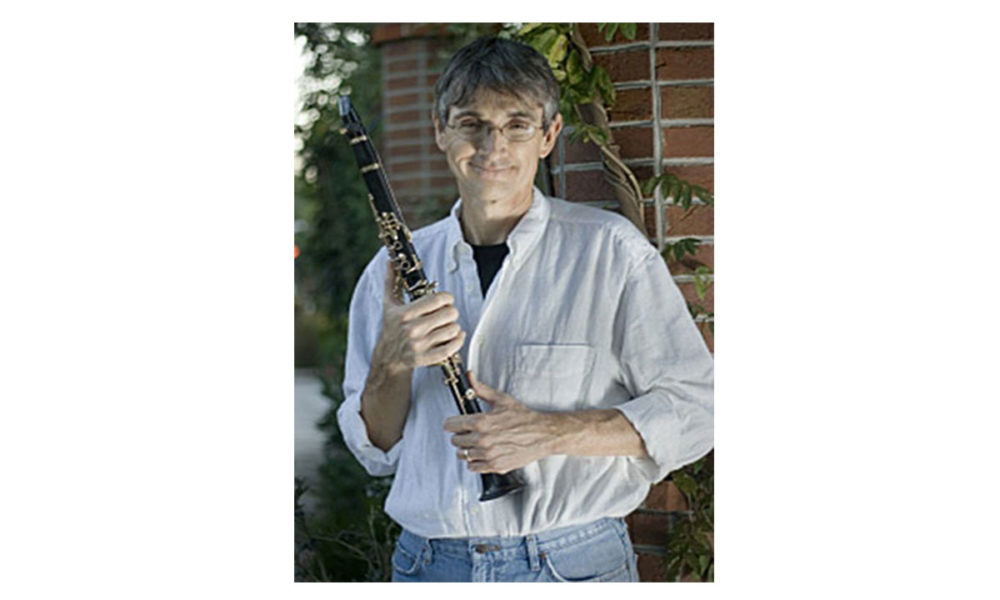I just got this new student who’d been playing for four years before he came to me for lessons. Our time together so far has been spent undoing all the bad advice he’d been given—stuff that’s made it impossible for him to produce a focused and resonant sound with clean articulation.
The mouthpiece/reed combination his teachers told him to use was just wrong—for him. Here’s why.
Myth #1: The better you get as a performer, the harder the reed you should play.
Really? I’ve been a clarinetter for 53 years this year, and I’ve worked my way down to a #2. I hear that Benny Goodman played a #1-1/2. Pete Fountain played a #3.
It depends on several factors:
- The mouthpiece (they’re all different even if they’re branded the same)
- The embouchure/physical structure of the player
- The cut of the reed (for example, Vandoren makes eight different cuts, and Rico/D’Addario lists more than 10 different cuts—and there are at least 11 additional cane reed makers and four synthetic reed companies—with their own versions)
- The desired tone quality
- The desired level of resistance
Myth #2: You must use (brand name here) reeds because they are the best!
Not! I’m using a mouthpiece made by one major reed manufacturer with reeds made by another. Trial and error led me to find this combination. It should lead you too.
My new student and I visited a local shop and tried many mouthpieces using three different cuts of reeds. We found a great combination for him that is substantially different from what he was using. Now he’s actually having fun! No more airy sound! Or spastic scales! And most importantly, he’s no longer turning purple trying to blow into the instrument.


